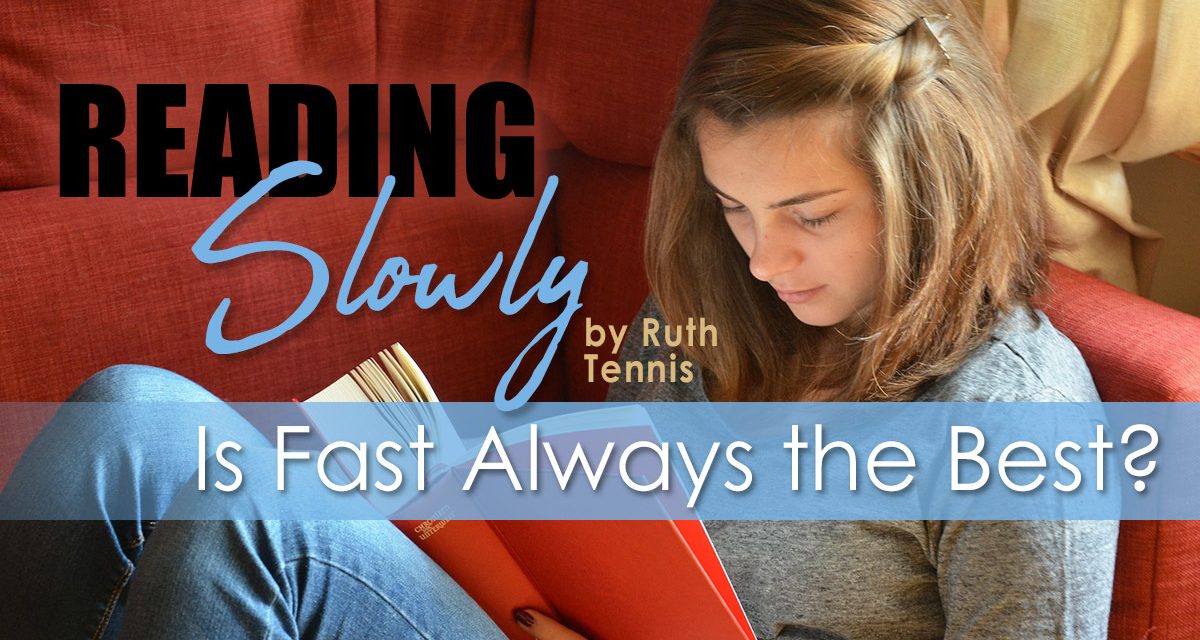I am a slow reader. Particularly when I’m reading to learn, I often read only as fast as I can talk—which can be incredibly slow when my Missouri drawl comes out—or if I start portraying different characters’ voices—which I often do. That said, I also have two degrees in English—and much of that time was spent reading vast tomes of literature extremely sluggishly.
While my “problem” could potentially be “fixed” by a speed-reading course, my struggle has given me a lot of empathy for parents and children who are frustrated with the reading process. Learning to read isn’t about speed; it’s slow and challenging work, particularly at first, when the goal is learning how to read. Novice readers will read slowly, and it’s important that we remind them and ourselves that the end goal (fluency) is worth the hard work. Skills take time.
Once fluency is achieved, reading becomes an automatic process. And fluency also means you are comprehending what you read. The International Literacy Association defines reading accuracy as reading “at an appropriate rate … that leads to accurate and deep comprehension and motivation to read.”
Reading fast doesn’t always mean we’re reading well. When we talk to parents, we often hear, “My child reads all the time—they’re going through books so quickly.” But are they reading all kinds of material well—or just one fiction series or one genre? Reading for enjoyment has a natural momentum and easily leads us to binge reading, if you will. Yes, as we guide our students to be functional readers, their reading speed is important. But if students are not understanding what they’re reading, a faster pace is actually detrimental. We want them to be able to comprehend what they’re reading—particularly as they transition from learning to read to reading to learn. Comprehension skills span multiple aspects, such as understanding the author’s vocabulary as well as what the author is saying; interpreting what’s being read (i.e. answering why and how questions); applying new knowledge to what they already know; and more.
Reading well is a result of a combination of skills: reading speed, comprehension, and motivation to read. These first two, working in tandem, will positively influence our motivation. All three of these factors will affect our reading experience and what we are able to learn from what we read.
My reading speed shame has often caused me to feel less intelligent than fast readers. Dear parents and students: don’t lose heart! You don’t have to read quickly to be a smart reader. (Granted, I would have loved to get through Shakespeare at rocket speed.) Our goal should be to become fluent readers: able to comprehend and learn from what we’re reading while still being motivated to read more. These are the best goals that we can pass on to our students—no matter what they’re reading. ~ Ruth
Helpful Products:



![Teacher Roboot [Part 1]](https://ourhomeschoolforum.com/wp/wp-content/uploads/2016/08/teacher-reboot-1-440x264.jpg)

